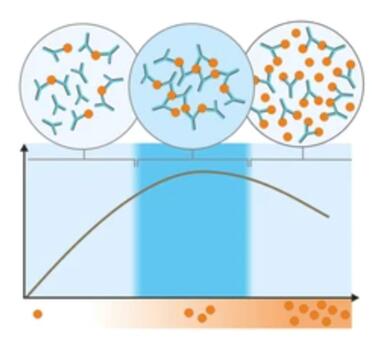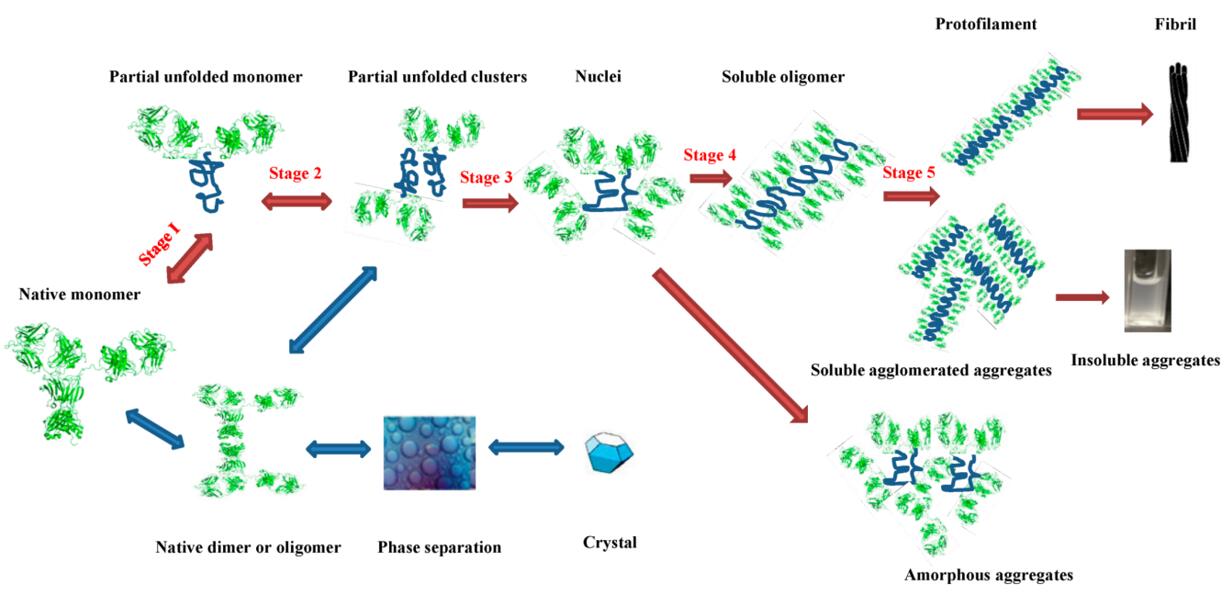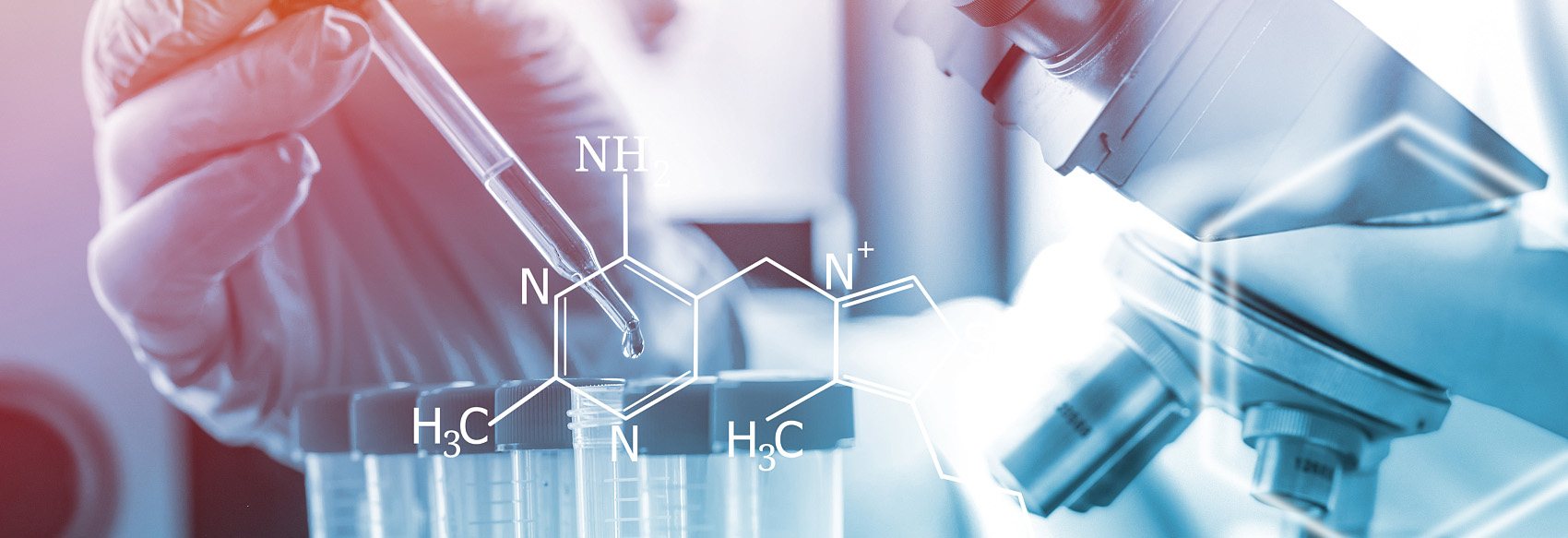As more and more drug products are proteins or peptides, the analysis of antibody aggregation is critical. Aggregation not only leads to reduced efficacy of biological drugs, but also increases the risk of inducing an immune response to antibodies.
Our company provides antibody aggregation analysis services to help customers gain insight into the physicochemical properties, bioactivity, affinity and purity of their therapeutic monoclonal antibody (mAb) candidates.
Service Overview

Our company predicts and incorporates rational design to improve antibody stability in early detection. Certain sequences or structural features in antibodies can drive protein aggregation, referred to as aggregation-prone regions (APRs). Recently, we have developed a number of computational methods to predict APRs in mAb and to rationalize antibody sequences.
We have a specialized software platform to predict APR in mAb and rationalize antibody sequences. These platforms include PAGE (aggregation prediction), Aggrescan (aggregation scanning), Amylpred (amyloid prediction), Zyggregator, and spatial aggregation propensity (SAP).
With specialized software and antibody 3D modeling, Our company can find potential aggregation regions on the protein surface and mutate these aggregated residues to prevent the formation of aggregates.
Service Requirements
(1) Provide the antibody or protein and its biological properties, name, amino acid sequence and other details.
(2) Provide the name of the expression system used and the purification requirements.
(3) Provide no less than 1 mg of the eukaryotic expression of the mutant monoclonal antibody.
(4) Provide a eukaryotic expression cell line capable of secreting the mutant monoclonal antibody.
Research Capabilities
Our company can also detect and quantify aggregates at different stages of mAb development and manufacturing using a range of antibody aggregation analysis analytical tools for orthogonal assessment of the aggregation profile of our customers' biopharmaceuticals. Our experienced scientists will discuss your specific requirements and select the most appropriate method for your product development.
- Analytical Ultracentrifugation (AUC)
- Volume Exclusion Chromatography (SEC)
- Multi-angle laser scattering (SEC-MALS)
- Sedimentation equilibrium analytical ultracentrifugation (SE-AUC)
- Hydrophobic interaction chromatography (HIC)
- Dynamic light scattering (DLS)
- Differential scanning calorimetry (DSC)
- Gel electrophoresis
- Electron microscopy
 Fig.1 Schematic representation of the protein aggregation process and the possible involved intermediates. This figure uses a monoclonal antibody as an example. (Li W, et al. 2016)
Fig.1 Schematic representation of the protein aggregation process and the possible involved intermediates. This figure uses a monoclonal antibody as an example. (Li W, et al. 2016)
Our Strengths
Our company has assembled a skilled services team to offer our customers effective, quick, useful, and workable solutions. With the help of our antibody aggregation analysis services, the burden of developing novel therapeutic proteins and antibodies can be greatly reduced, opening up a faster route to clinical research. We work closely with several pharmaceutical firms and academic institutions, and we have a great deal of expertise in offering them high-quality services.
If you are looking for smarter, higher quality solutions that incorporate best practices, please feel free to contact us.
Reference
- Li W et al. (2016). "Antibody Aggregation: Insights from Sequence and Structure." Antibodies. 5(3): 19.
Related Services
It should be noted that our service is only used for research, not for clinical use.


 Fig.1 Schematic representation of the protein aggregation process and the possible involved intermediates. This figure uses a monoclonal antibody as an example. (Li W, et al. 2016)
Fig.1 Schematic representation of the protein aggregation process and the possible involved intermediates. This figure uses a monoclonal antibody as an example. (Li W, et al. 2016)